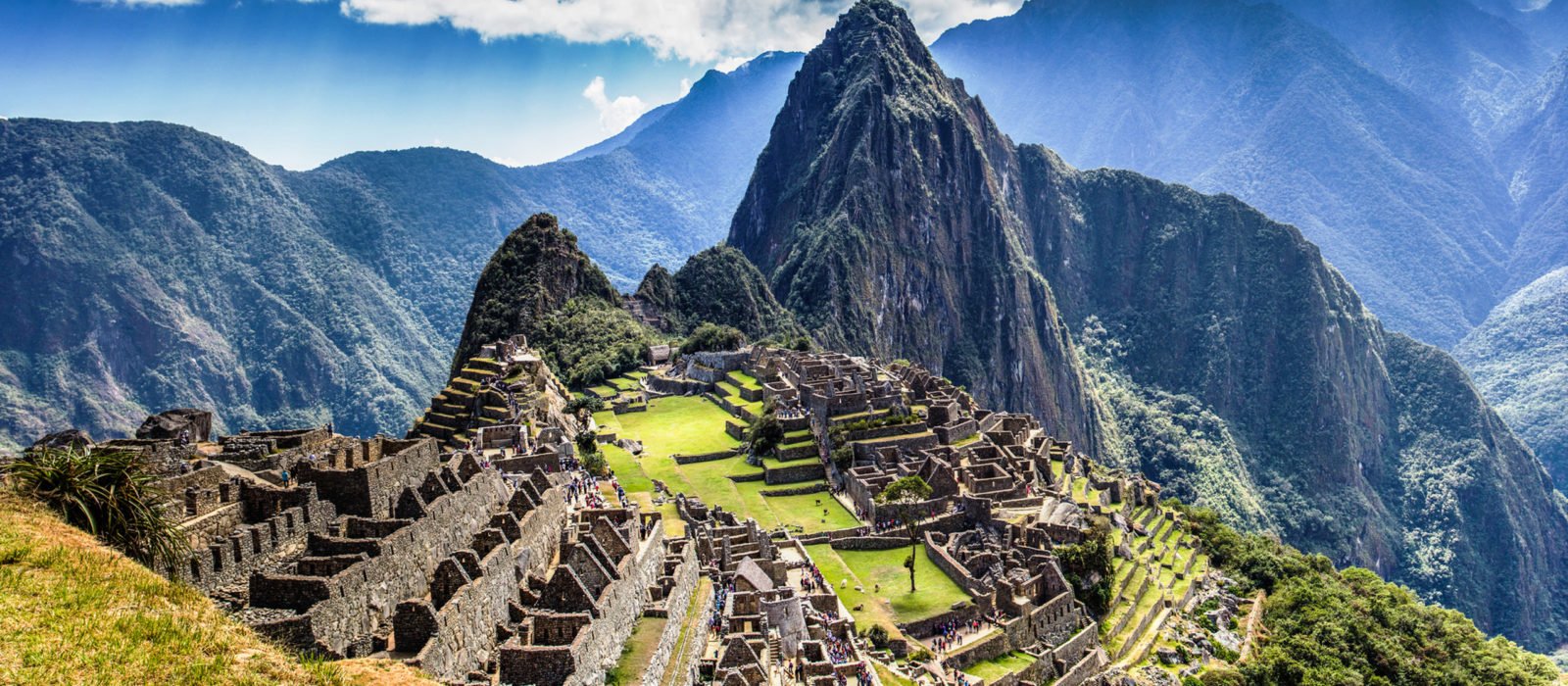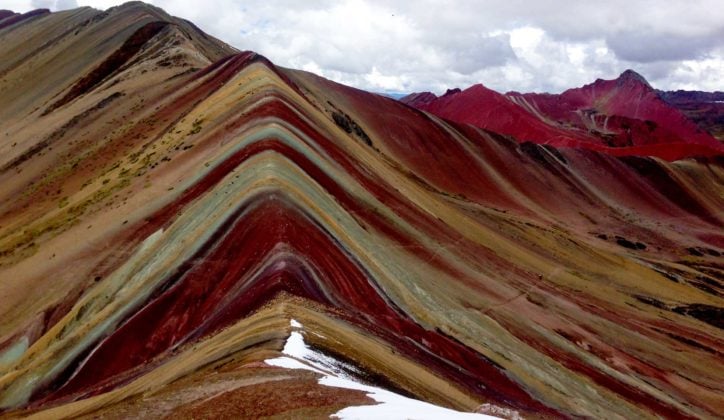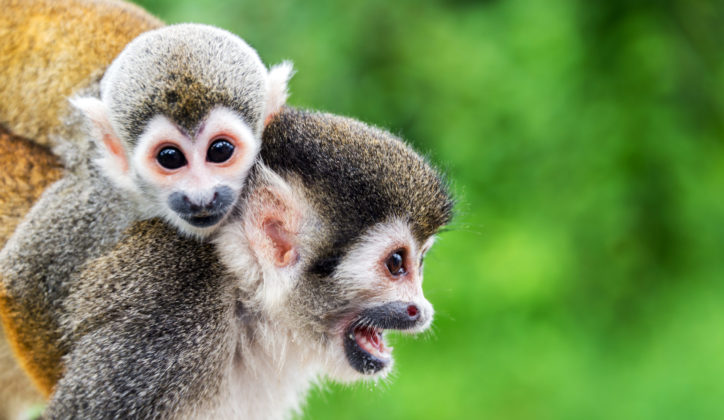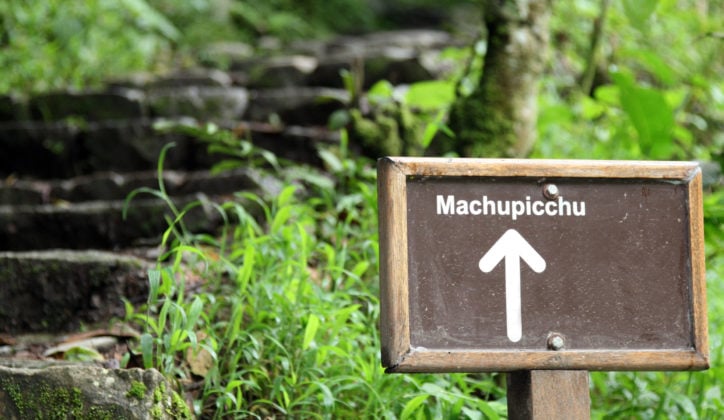Published on: November 14th, 2017
Last modified: July 28th, 2023
Machu Picchu is one of the Seven Wonders of the World and Peru's ultimate tourist draw.
This lost Incan city is truly impressive and sits high up on a mountain ridge overlooking the Sacred Valley.
Here's our guide to creating the perfect trip around Machu Picchu.

1) Getting to Machu Picchu
When visiting Machu Picchu, you need to decide how you want to reach the ancient citadel, which is essentially a choice between taking the train or taking on one of the multi-day Inca trails to get to the ruins. Train travel is the most popular way for our guests to get to Machu Picchu as it makes the journey along the Urubamba valley in just a few hours, offering scenic views along the way.
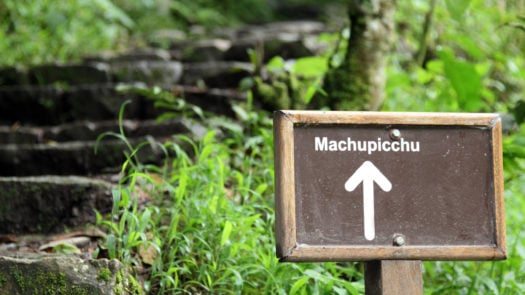
To make the journey extra special and arrive at the ancient city in style and comfort, board the luxury Hiram Bingham train. The 1920s Pullman carriages are fitted with polished brass, wood panels and plush seating, plus there’s an observation car and a dining car where brunch is served as you pass through the Andean landscape.
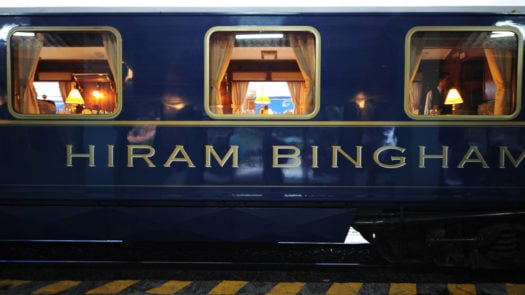
The beautiful Belmond trains have expanded to Peru and offer 24 stunning cabins in the luxuriously designed carriages, effortlessly gliding through the mountains. Travel from Cusco to Machu Picchu in comfort and style. A less opulent but no less comfortable ride, is the Vistadome train. With large glass windows and relaxing seats, immerse yourself in the stunning scenery as it rushes by.
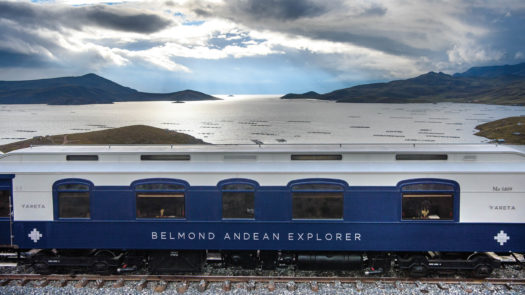

2) The path to Machu Picchu
Following footpaths passing through the Andean cloud forest laid down in Incan times, the Inca trail is the one of most popular ways to get to Machu Picchu for those with a little more time. During the four-day journey, our expert local guides assist you all the way, telling the stories and legends behind the famous trail, as well as the ancient beliefs of the indigenous Quechan community. Pass archaeological sites and take in the surrounding mountainous vistas before arriving at Machu Picchu for sunrise.
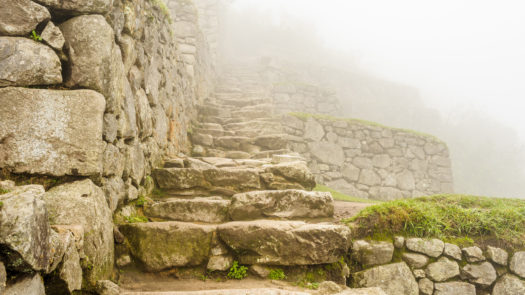
An adventurous alternative to the Inca Trail is this four-day route from Mollepata in Cusco to Machu Picchu, following an established but more remote footpath through lush tropical jungle and snow-capped mountains, and hiking around the glacier capped Mount Salkantay, which is still worshipped by the indigenous people. Along the way, trekkers can stop by the Incan site of Llactapata.
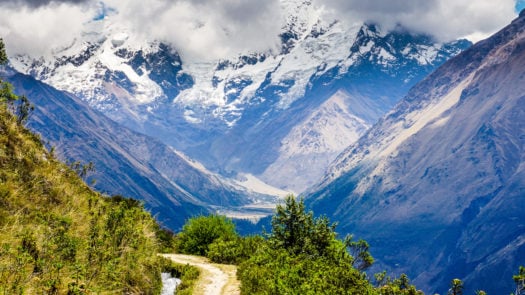
Sometimes known as the Quechua trek, this four-day route runs through the Lares Valley in southern Cusco, passing through mountainous landscape, past waterfalls and to remote Andean communities of weavers and farmers, with their herds of alpacas and llamas. The route winds up at the village of Aguas Calientes to end at Machu Picchu.
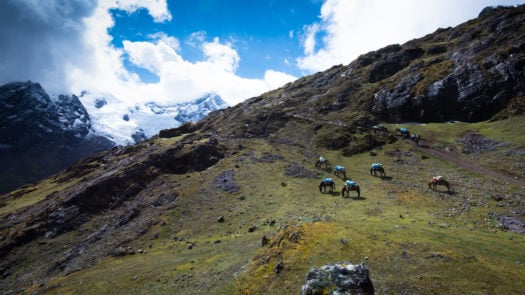
The One-Day Inca Trail
For a taste of the famous trail without the challenge of a four-day hike, set off on this one-day route, incorporating a visit to the Incan ruins of Winay Wayna and the opportunity to see Machu Picchu from Inti Punku, more commonly known as The Sun Gate.
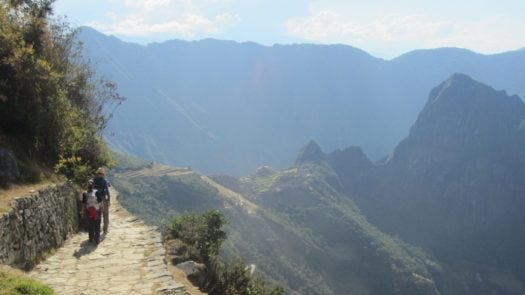

3) What to do at Machu Picchu
A Full Private Tour of the Ruins – Our guides will give a full, private tour of the citadel, explaining what we know about this incredible site and the questions and mysteries that still surrond the site. They’ll also pick the best spots to enjoy in solitude away from the larger groups. It’s easy to spend all day exploring what is one of the great wonders of the world.
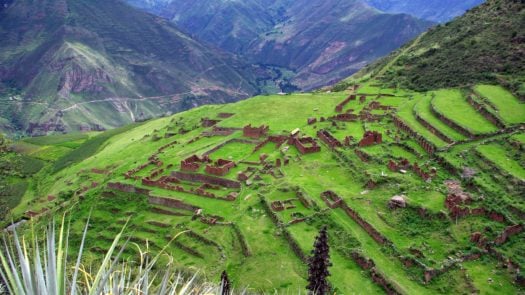
Apu Machu Picchu – To see the Lost City from a different perspective, hike the Machu Picchu mountain, a two-and-half hour ascent to the summit via the Sun Gate, and be rewarded with panoramic views of Machu Picchu, Salkantay mountain, the Vilcanota River and other nearby ruins.
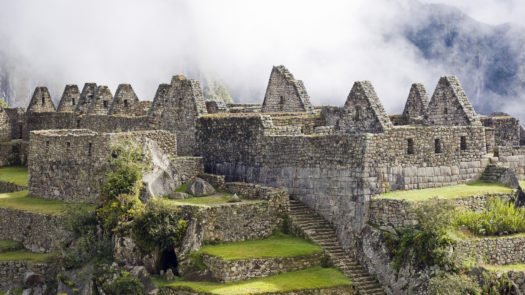
Wayna Picchu – After touring Machu Picchu, get a new vantage point of the ruins by hiking the steep one-hour trail up Wayna Picchu. People come here for the incredible views of Machu Picchu, Vilcanota River and the surrounding mountains.
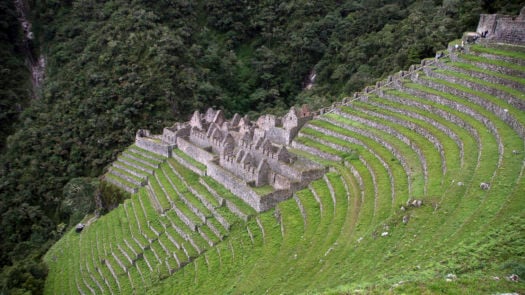
Nature Trails – Guided nature hikes can be taken through the mountains and Vilcanota Valley, to waterfalls and to seek out the indigenous flora and fauna, including the cloud forest’s ferns and orchids and the 18 different types of native hummingbird.
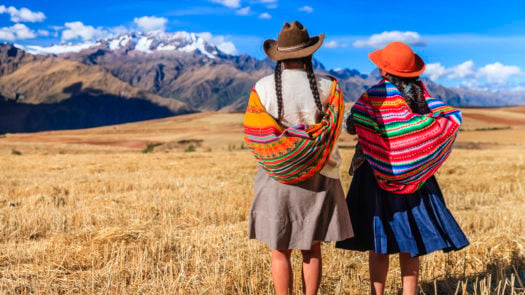
Established with the Peruvian National Institute of Natural Resources, this sanctuary is a part of the Inkaterra Machu Picchu Spectacled Bear Project to protect the endangered species.
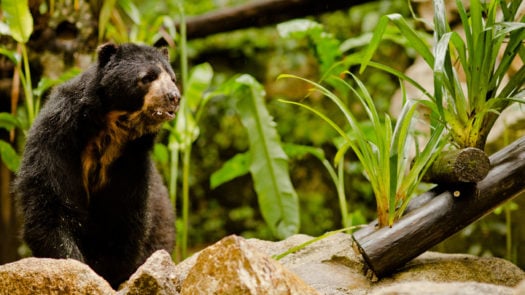
Tea Plantation
Learn about the tea making process, and even take part, at this organic tea plantation and tea house, before sampling some of the tea for yourself.
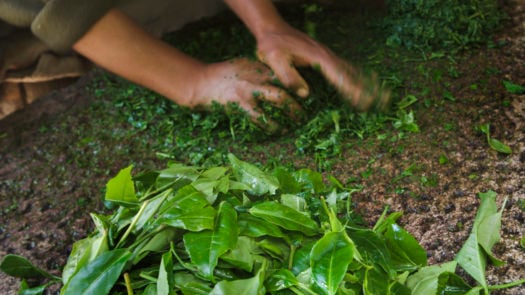

4) Where to stay around Machu Picchu
To recover from a challenging trek, stay and recuperate in one of the nearby luxury lodges. The Sanctuary Lodge can’t be beaten for its location within Machu Picchu, in mere walking distance of the ruins.
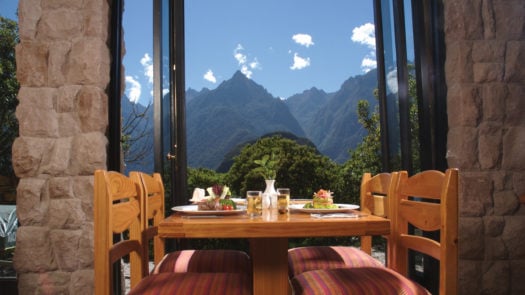
The beautiful Inkaterra is convenient for those who want to experience train travel through the Andes, with its setting close to the station. Inkaterra also arranges a variety of nature walks and tours that include the tea plantation and bear sanctuary.
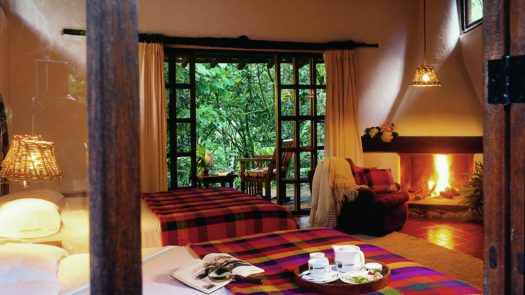

5) Away from Machu Picchu
Cusco It’s worth setting aside plenty of time for the UNESCO city of Cusco, which reflects its past as the capital of the Incan empire through the colonial Spanish architecture and great Inca walls. Our guides will help unlock the history for you with our private tours of Cusco .
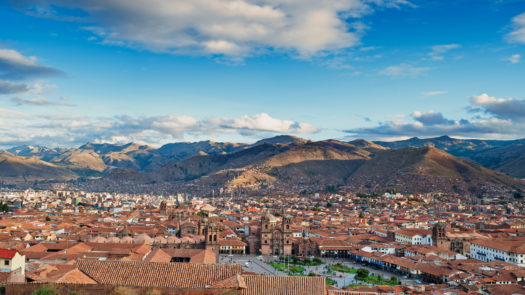
Explore the plazas, vibrant markets and nearby ruins, while gaining an insight into the indigenous Quechua culture of the Andes. The city, which sits 3,400 metres above sea level, is packed with museum, galleries and important religious sites. There’s also some great restaurants to try in the evening after a day of exploring.
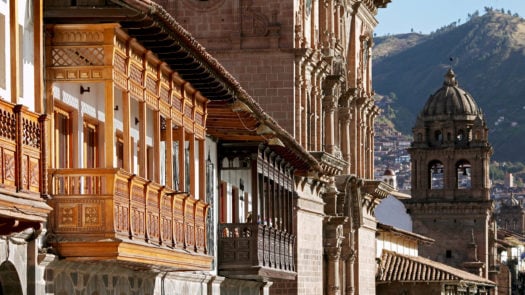

6) The Sacred Valley
Stretching all the way from Cusco to Aguas Calientes, the Sacred Valley contains many important Incan sites, colonial towns and remote villages. Days can be spent taking part in the outdoor activities on offer, including trekking, white-water rafting, horse riding and paragliding. Visit Ollantaytambo, the ruins of a fortress that was built as the Spaniards arrived, and Pisac market town for colourful woven textiles and other handicrafts.
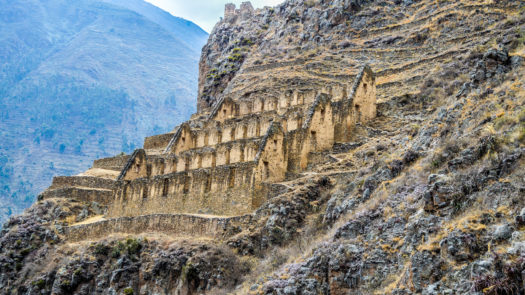
For the most adventurous, one can try what has been dubbed, ‘the other Machu Picchu’. This challenging five-day trek descends into the Apurimac canyon before climbing back up to the ruins of Choquequirao, which are set high above Apurimac where condors can be seen soaring overhead. The site itself, which is not completely cleared yet, is a ruin even larger than Machu Picchu with only a handful of visitors.
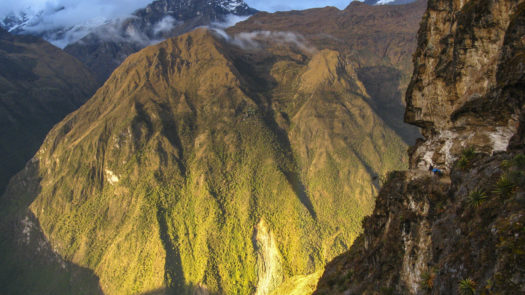

7) Into the wild
Just a short flight from Cusco, Puerto Maldonado is a gateway into the Peruvian Amazon. Here you can stay in a riverside lodge to set out on your exploration of the Amazonian jungle and waterways, and to seek out the Amazon’s abundant wildlife.
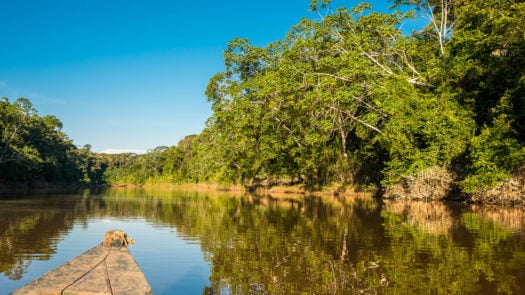
Our top trips to Machu Picchu
Talk to one of our expert travel designers today and start creating your perfect trip to Machu Picchu.
